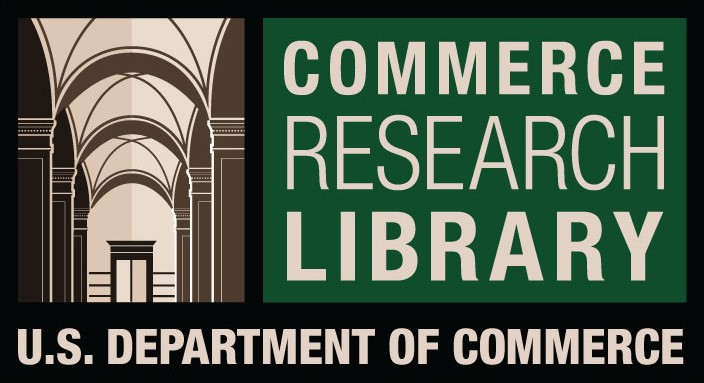HINDI MOVIES: AN OVERVIEW OF PSYCHIATRY
DOI:
https://doi.org/10.61841/h6see546Keywords:
Hindi cinema,, movies, psychology, psychiatryAbstract
The ensuing paper addresses an emerging trend witnessed in the present day movies and cinema i.e. how movies related to psychological principles impact our society? To attend this question, the researcher’s replies with an overview of Indian Hindi movies and it can be asserted that it continues to have a great impact on the psyche of the masses, thus may serve as a promising area of study in human psychology. A good movie is regarded higher than any education and it fosters a greater understanding to broaden awareness, correct measures and wakefulness of issues as drug addiction, alcohol and substance dependence and clinical disorders. The researcher in this paper which is a qualitative research aims to explore popular Hindi movies that thematically explore certain prevalent psychological disorders. Those movies are chosen that are made between 2005 and 2019 and review focusing on psychiatric issues and understand its effect on the layman’s perceptions of them.
Downloads
References
1. Alexander, M, Hall, M.N., Pettice, Y.J. (1994). Cinemeducation: An innovative approach to teaching psychosocial medical care. Fam Med;26:430-3.
2. Bandura, A. (2004). Social cognitive theory for personal and social change by enabling media. In A. Singhal, M. J. Cody, E. M. Rogers, & M. Sabido (Eds.), Entertainment-education and social change: History, research, and practice (pp. 75–96). Mahwah, NJ: Lawrence Erlbaum.
3. Brabender, V. (2006). How Hollywood’s myths about group psychotherapy can benefit beginning group therapists. International Journal of Group Psychotherapy, 56(3), 383- 388.
4. Berg-Cross, L., Jennings, P. & Baruch, R. (1990).Cinema therapy: Theory and Application. Psychotherapy in private practice, (8), 135-156
5. Fleming, M., Piedmont, R., Hiam, C. (1990). Images of madness: Feature films in teaching psychology. Teaching of Psychology, 17(3), 185-187.
6. Jha, S. K. (2005). The Essential Guide to Bollywood. Mumbai: Roli Publicaion.
7. Moyer-Gusé, E. (2008). Toward a theory of entertainment persuasion: Explaining the persuasive effects of entertainment-education messages. Communication Theory, 18, 407–425.
8. Nelson, E. (2002). Using film to teach psychology: A resource of film study guides. Retrieved from http://www.lemoyne.edu/OTRP/otrpresources/filmresource.pdf on December 1, 2006.Niemiec, R. M., & Wedding, D. (2008). Positive psychology at the movies: Using films to build virtues and character strengths. Gottingen, Germany: Hogrefe & Huber.
9. Shimamura, A. P., Cohn-Sheehy, B. I., & Shimamura, T. A. (2014). Perceiving movement across film edits: A psychocinematic analysis. Psychology of Aesthetics, Creativity, and the Arts, 8(1), 77–80.
10. Toman, S., & Rak, C. (2000). The use of cinema in the counselor education curriculum: Strategies and outcome. Counselor Education and Supervision, 40, 105-114.
11. Wedding, D., Boyd, M., & Niemiec, R.M. (2005). Movies and mental illness: Using films to understand psychopathology. Gottingen, Germany: Hogrefe.
Downloads
Published
Issue
Section
License

This work is licensed under a Creative Commons Attribution 4.0 International License.
You are free to:
- Share — copy and redistribute the material in any medium or format for any purpose, even commercially.
- Adapt — remix, transform, and build upon the material for any purpose, even commercially.
- The licensor cannot revoke these freedoms as long as you follow the license terms.
Under the following terms:
- Attribution — You must give appropriate credit , provide a link to the license, and indicate if changes were made . You may do so in any reasonable manner, but not in any way that suggests the licensor endorses you or your use.
- No additional restrictions — You may not apply legal terms or technological measures that legally restrict others from doing anything the license permits.
Notices:
You do not have to comply with the license for elements of the material in the public domain or where your use is permitted by an applicable exception or limitation .
No warranties are given. The license may not give you all of the permissions necessary for your intended use. For example, other rights such as publicity, privacy, or moral rights may limit how you use the material.









